Top 10 Mysteries of the First Humans
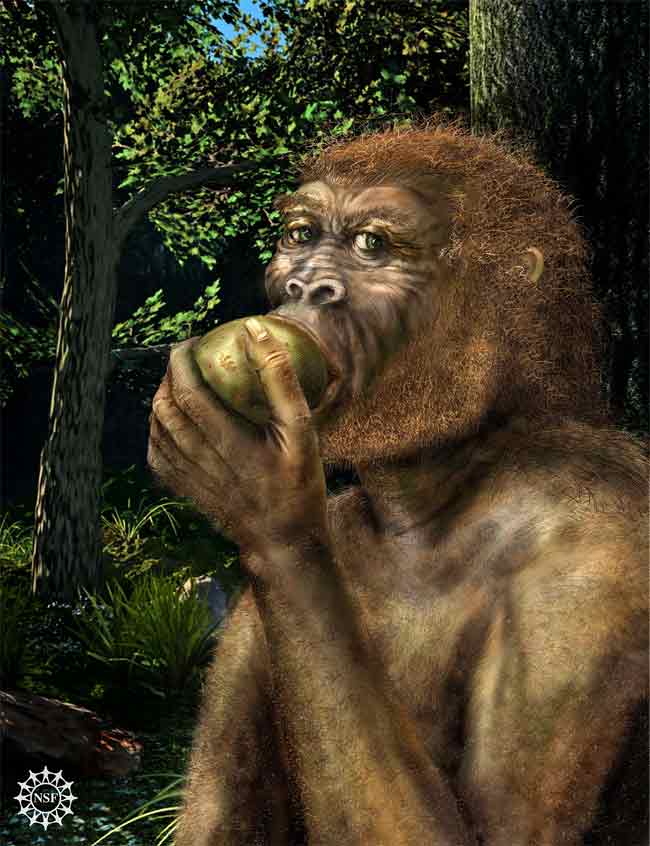
Humans are unique among life on this planet, and much remains a mystery as to how we evolved. What steps came first? Why did we evolve this way and not that direction? Why are we the only human species left? What other paths might we have gone down in our evolution? And what directions might we go from here? Here's a look at the most intriguing historical mysteries about humans.
Why did we grow large brains?

There is no question that our large brains have provided humans an extraordinary advantage in the world. Still, the human brain is an incredibly expensive organ, taking up only about 2 percent of the body's mass yet using more than a fifth of the body's energy, and until about 2 million years ago none of our ancestors had a brain larger than an ape's when compared to body size. So what kicked off the push for a larger brain? One possibility is that increased smarts helped our ancestors make better tools. Another is that larger brains helped us interact better with each other. Perhaps radical changes in the environment also demanded that our ancestors deal with a shifting world.
Why do humans walk on two legs?
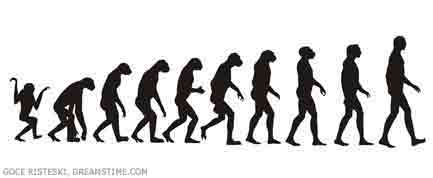
Our ancestors evolved an upright posture well before our large brains or stone tools even appeared. The question, then: Why stand and walk on two legs when our ape cousins get by on four limbs? Walking as bipeds might actually use less energy than movement on all fours does. Freeing up the arms might also have enabled our ancestors to carry more food. Standing upright might even have helped them control their temperature better by reducing the amount of skin directly exposed to the sun.
Related: Genetic 'Adam' and 'Eve' Uncovered
What happened to our hair?

Humans are unique for looking naked compared to our hairier ape cousins. So why did this nakedness evolve? One suggestion is that our ancestors shed hairiness to keep cool when venturing across the hot savannahs of Africa. Another is that losing our fur coats helped free us parasite infestations and the diseases they can spread. One unorthodox idea even suggests human nakedness developed after our ancestors briefly adapted for a streamlined life in the water, although most aquatic mammals of roughly human size actually possess dense fur.
Why did our closest relatives go extinct?
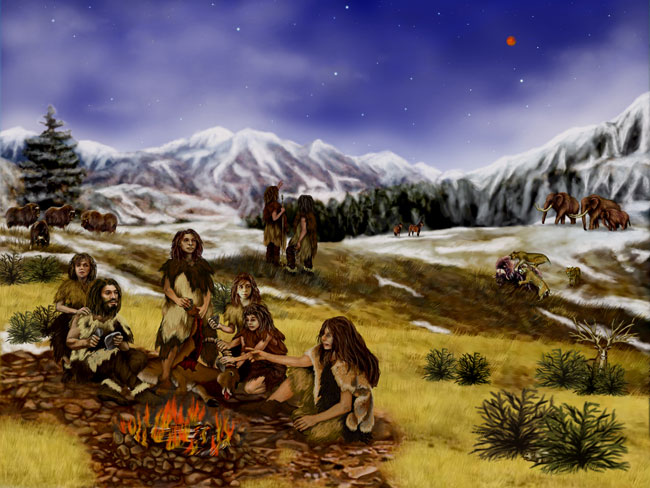
Roughly 24,000 years ago, our species, Homo sapiens, was not alone in the world — our closest relatives, the Neanderthals, (Homo neanderthalensis) were still alive. The so-called 'hobbit' found in Indonesia might also have been a member of the genus Homo, and it apparently survived until as recently as 12,000 years ago. So why did they die and we survive? Did infections or radical shifts in their environments kill them off? Or did our species do away with them? Some evidence exists for both scenarios, but no conclusion is agreed upon.
Is human evolution accelerating?
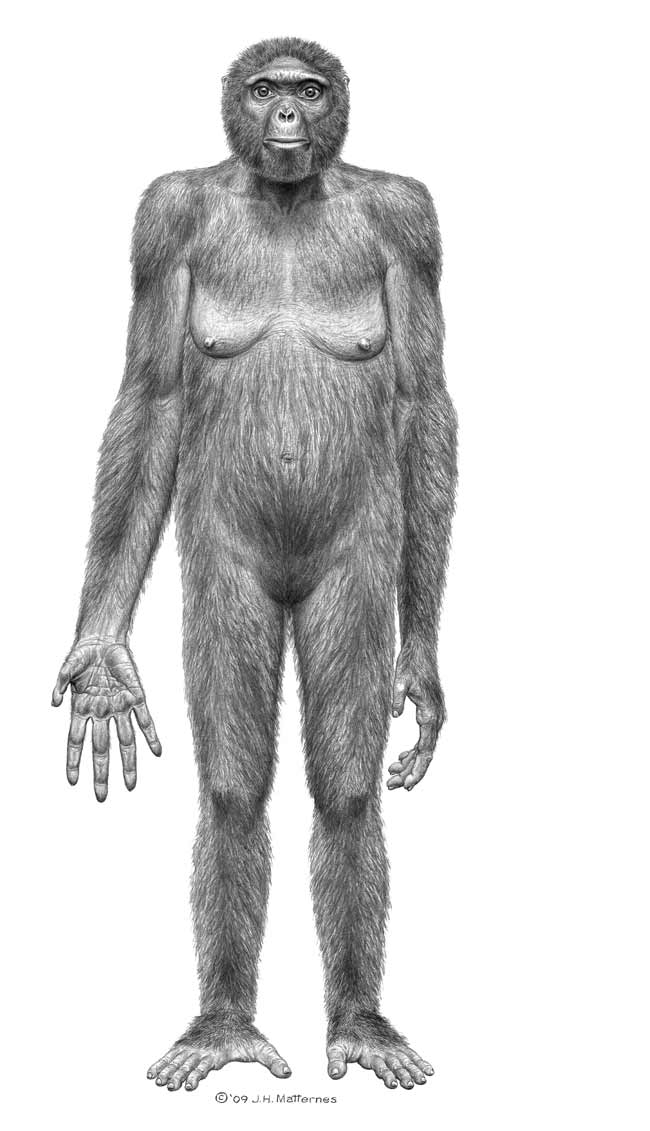
Recent evidence suggests that humanity is not only still evolving, but that human evolution is actually accelerating, speeding up to 100 times historical levels after agriculture spread. A number of scientists challenge the strength of this evidence, saying that it remains difficult to ascertain whether or not certain genes really have recently grown in prominence because they offer some adaptive benefit. Still, if human evolution is accelerating, the question becomes why? Diet and diseases may be some of the pressures that caused humans to change.
What is the hobbit?
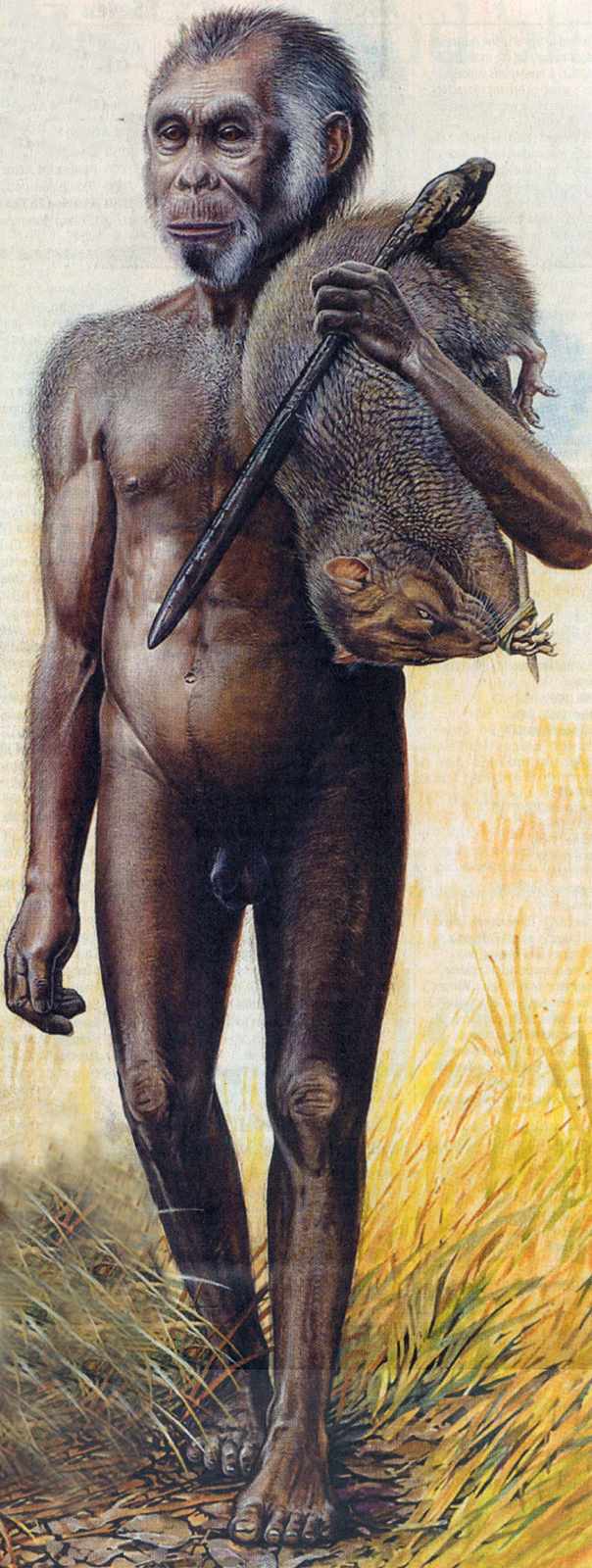
Is the 'hobbit' — the nickname given to diminutive skeletons found on the Indonesian isle of Flores in 2003 — in fact an extinct human species, enough to be called Homo floresiensis? Are these skeletons just examples of deformed Homo sapiens? Are they a different species than us, but perhaps not an extinct human species and instead as separate as chimpanzees are? Solving this mystery could help shed light on the radical paths human evolution may have taken.
Why did modern humanity expand past Africa about 50,000 years ago?
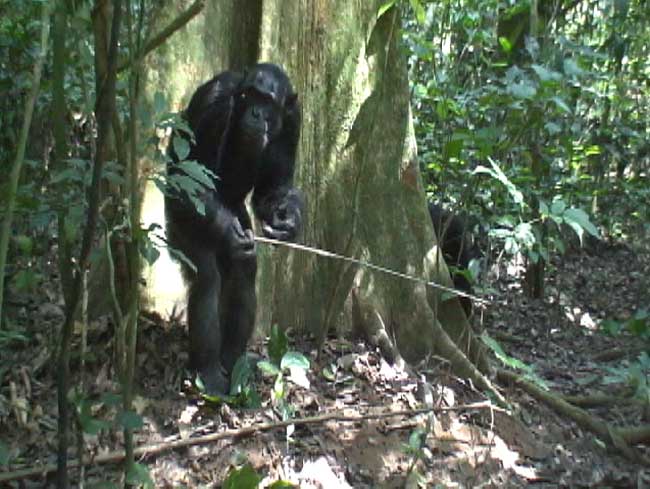
Roughly 50,000 years ago, modern humans expanded out of Africa, spreading rapidly across most of the world's lands to colonize all continents except Antarctica, reaching even the most remote Pacific islands. A number of scientists conjecture this migration was linked with a mutation that transformed our brains, leading to our modern, complex use of language and enabling more sophisticated tools, art and societies. The more popular view suggests hints of such modern behavior existed long before this exodus, and that humanity instead had crossed a threshold in terms of population size in Africa that made such a revolution possible.
Did we have sex with Neanderthals?
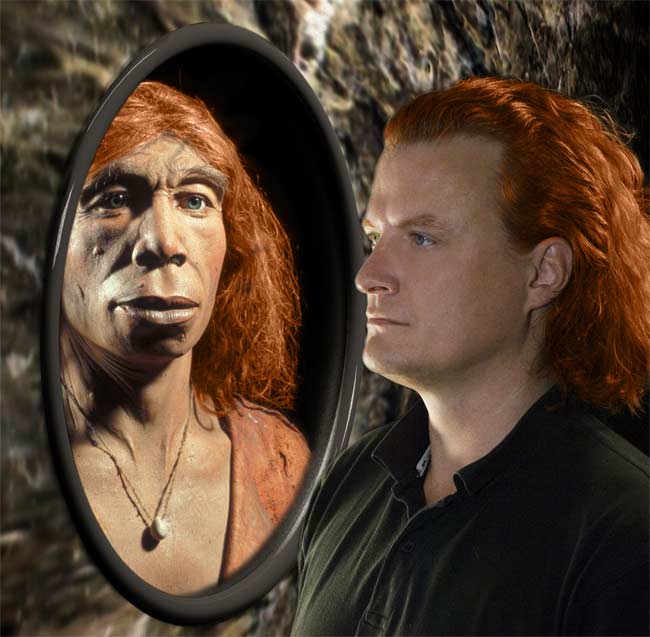
Did we interbreed? Does our species possess any genes leftover from our extinct cousins? Scientists have suggested that perhaps the Neanderthals did not die out, but instead were absorbed into modern humanity.
Who was the first hominid?
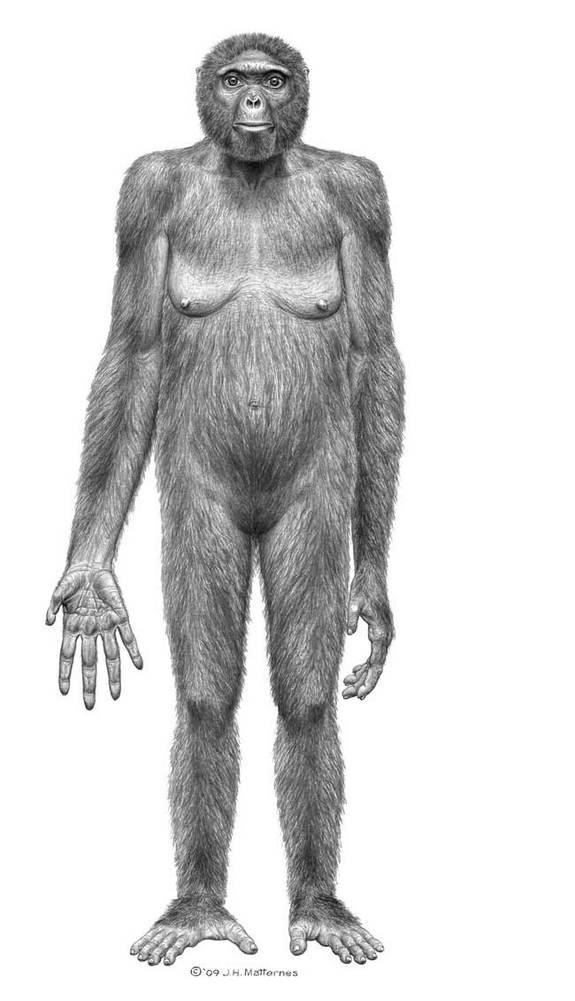
Scientists are uncovering more and more ancient hominids all the time — here meaning bipeds including humans, our direct ancestors and closest relatives. They strive to find the earliest one, to help answer that most fundamental question in human evolution — what adaptations made us human, and in what order did they happen?
Where do modern humans come from?

The most bitterly debated question in the discipline of human evolution is likely over where modern humans evolved. The out-of-Africa hypothesis maintains that modern humans evolved relatively recently in Africa and then spread around the world, replacing existing populations of archaic humans. The multiregional hypothesis contends that modern humans evolved over a broad area from archaic humans, with populations in different regions mating with their neighbors to share traits, resulting in the evolution of modern humans. The out-of-Africa hypothesis currently holds the lead, but proponents of the multiregional hypothesis remain strong in their views.
Sign up for the Live Science daily newsletter now
Get the world’s most fascinating discoveries delivered straight to your inbox.











